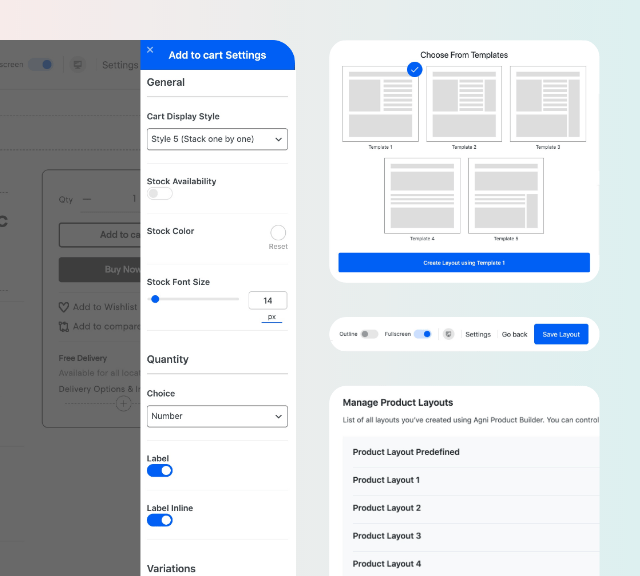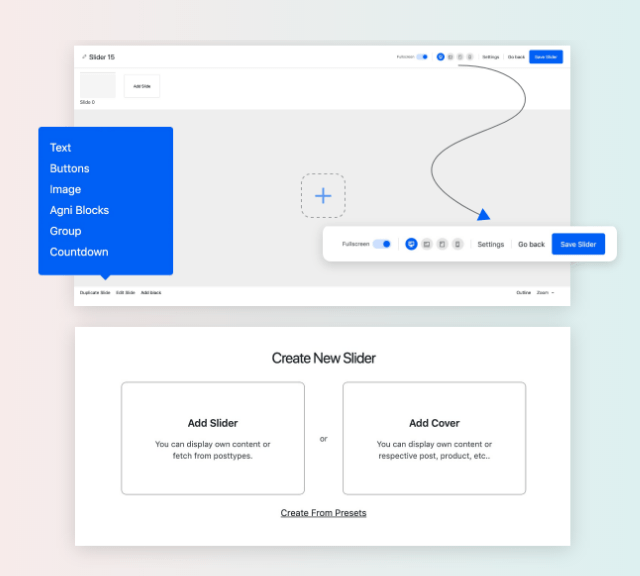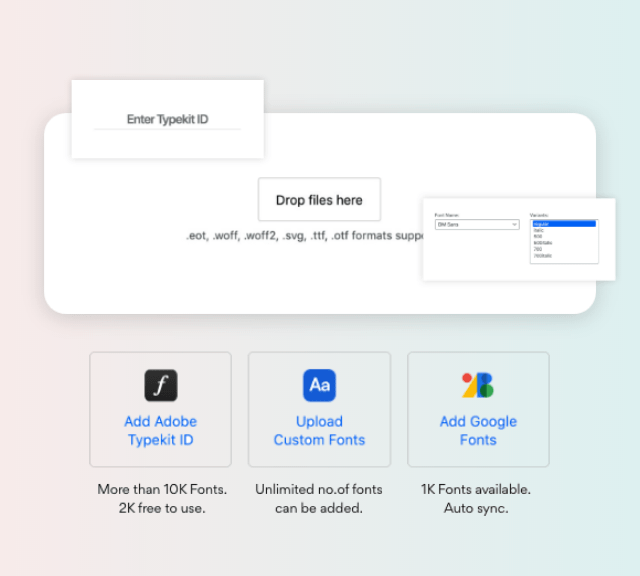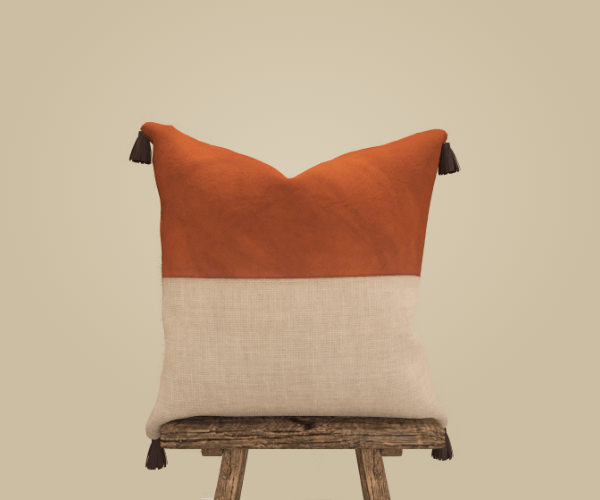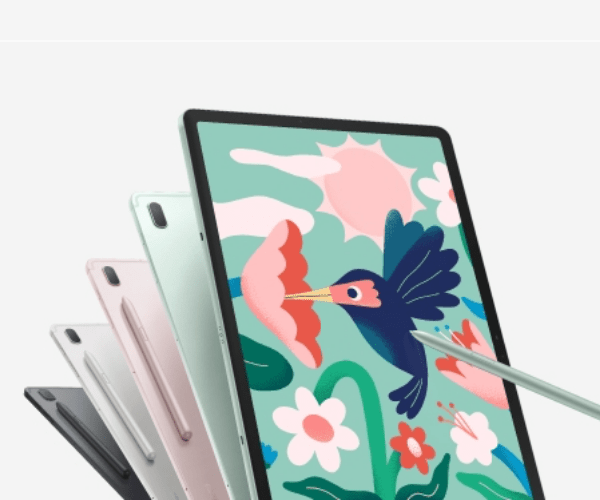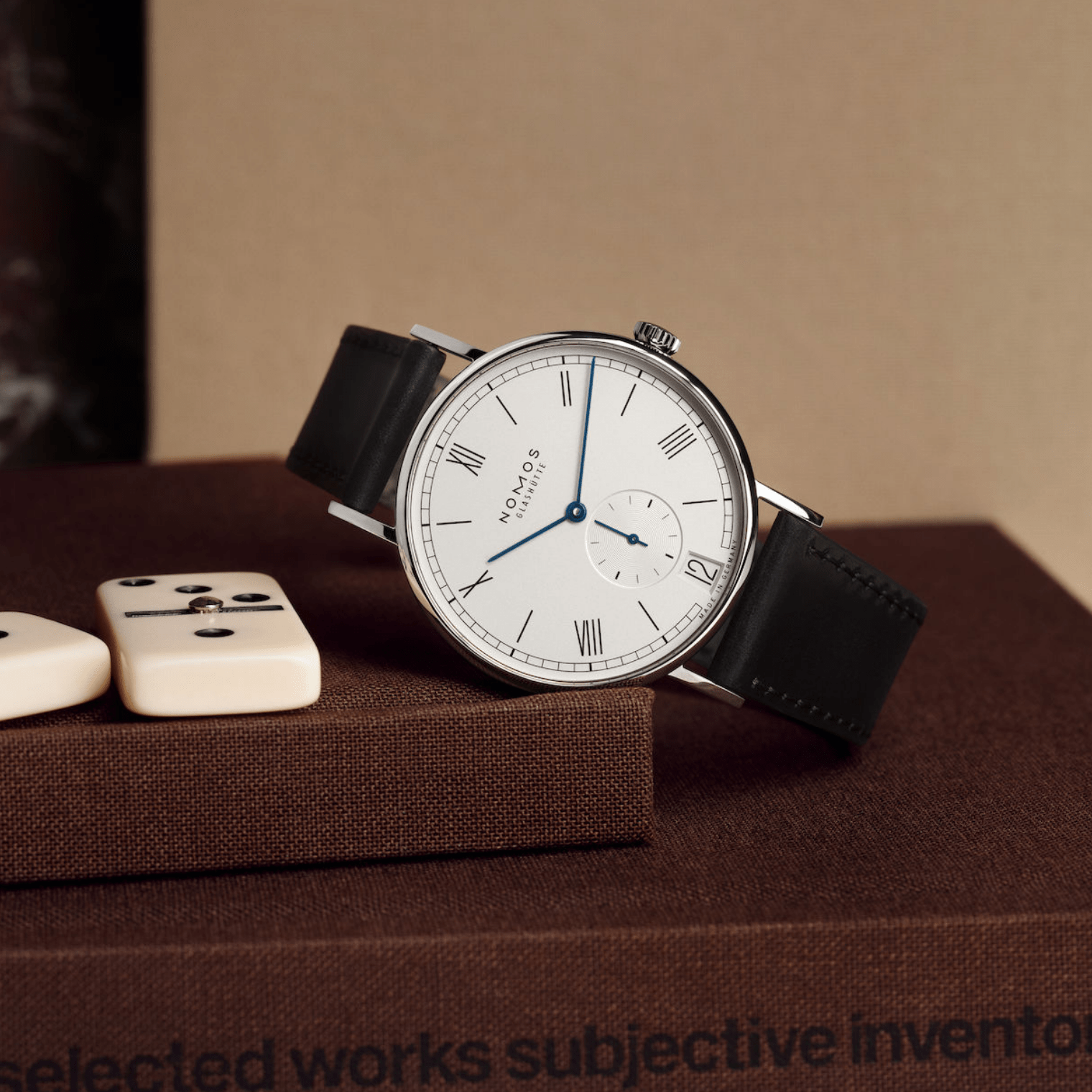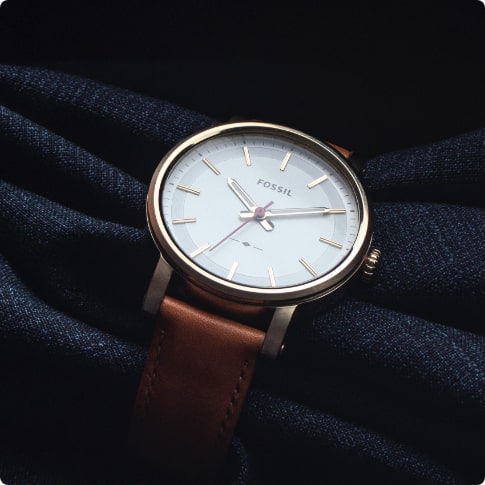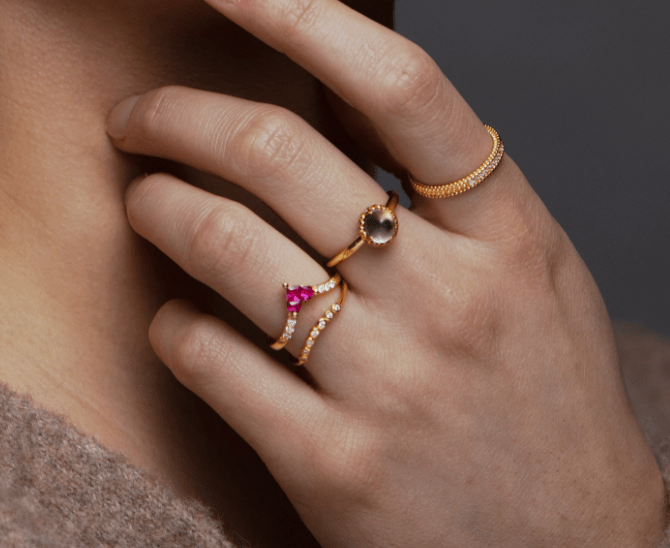Content
- How Do You Calculate Ending Inventory Using Gross Profit?
- How to Calculate the Value of Ending Inventory
- Most popular questions for Business-studies Textbooks
- How to Calculate Ending Inventory Using FIFO
- Example of Specific Identification Method in Accounting
- Inventory Accounting Issues
- Example of Specific Identification Inventory Method

Similarly, the number of units bought is added to Beginning Inventory to get Current Goods Available for Sale. After each purchase, Cost of Current Inventory is divided by Current Goods Available for Sale to get Current Cost per Unit on Goods. Under the Average Cost Method, It is assumed that the cost of inventory is based on the average cost of the goods available for sale during the period. It requires a detailed physical count, so that the company knows exactly how many of each goods brought on specific dates remained at year end inventory. If you need to use the specific identification method, make sure you’re tracking correctly and do an inventory count once a month to verify your numbers. Jose’s Coches buys totaled cars at auction and then resells them after making repairs.
Shows the gross margin, resulting from the specific identification perpetual cost allocations of $7,260. Petersen and Knapp allegedly participated in channel stuffing, which is the process of recognizing and recording revenue in a current period that actually will be legally earned in one or more future fiscal periods. This and other unethical short-term accounting decisions made by Petersen and Knapp led to the bankruptcy https://quick-bookkeeping.net/ of the company they were supposed to oversee and resulted in fraud charges from the SEC. Practicing ethical short-term decision making may have prevented both scenarios. Average cost method assigns a cost to inventory items based on the total cost of goods purchased in a period divided by the total number of items purchased. Cost of goods is a line item of the income statement used to compute the gross profit.
How Do You Calculate Ending Inventory Using Gross Profit?
Therefore, this method allows for the actual cost of each specific branch to be tracked and assigned to the unit. DateTransactionPrice1-Aug-19Purchased 1000 Units1.108-Aug-19Purchased 500 Units1.2022-Aug-19Purchased 700 Units1.3031-Aug-19Purchased 900 Units1.25In August 2019, the company sold a total of 1,100 units. 100 items were purchased at $10 each as part of the beginning inventory, for a total cost of $1,000.

To calculate the ending inventory, the new purchases are added to the ending inventory, minus the cost of goods sold. This provides the final value of the inventory at the end of the accounting period. LIFO InventoryLIFO is one accounting method for inventory valuation on the balance sheet. LIFO accounting means inventory acquired at How To Calculate Ending Inventory Under Specific Identification last would be used up or sold first. The ending inventory for a current accounting period is equal to beginning inventory from the same period plus all purchases made during that period, minus the total cost of goods sold in the period. Ending inventory is the value of finished sellable goods at the end of a given accounting period.
How to Calculate the Value of Ending Inventory
This is done with items a company has identified via RFID tag, stamped receipt date, or serial number. The system is designed to specifically allow Mega Irrigation to identify the cost of any inventory item with an ID number. In theory, this method is the best method because it relates the ending inventory goods directly to the specific price they were bought for. Specific identification is a method of finding out ending inventory cost.

